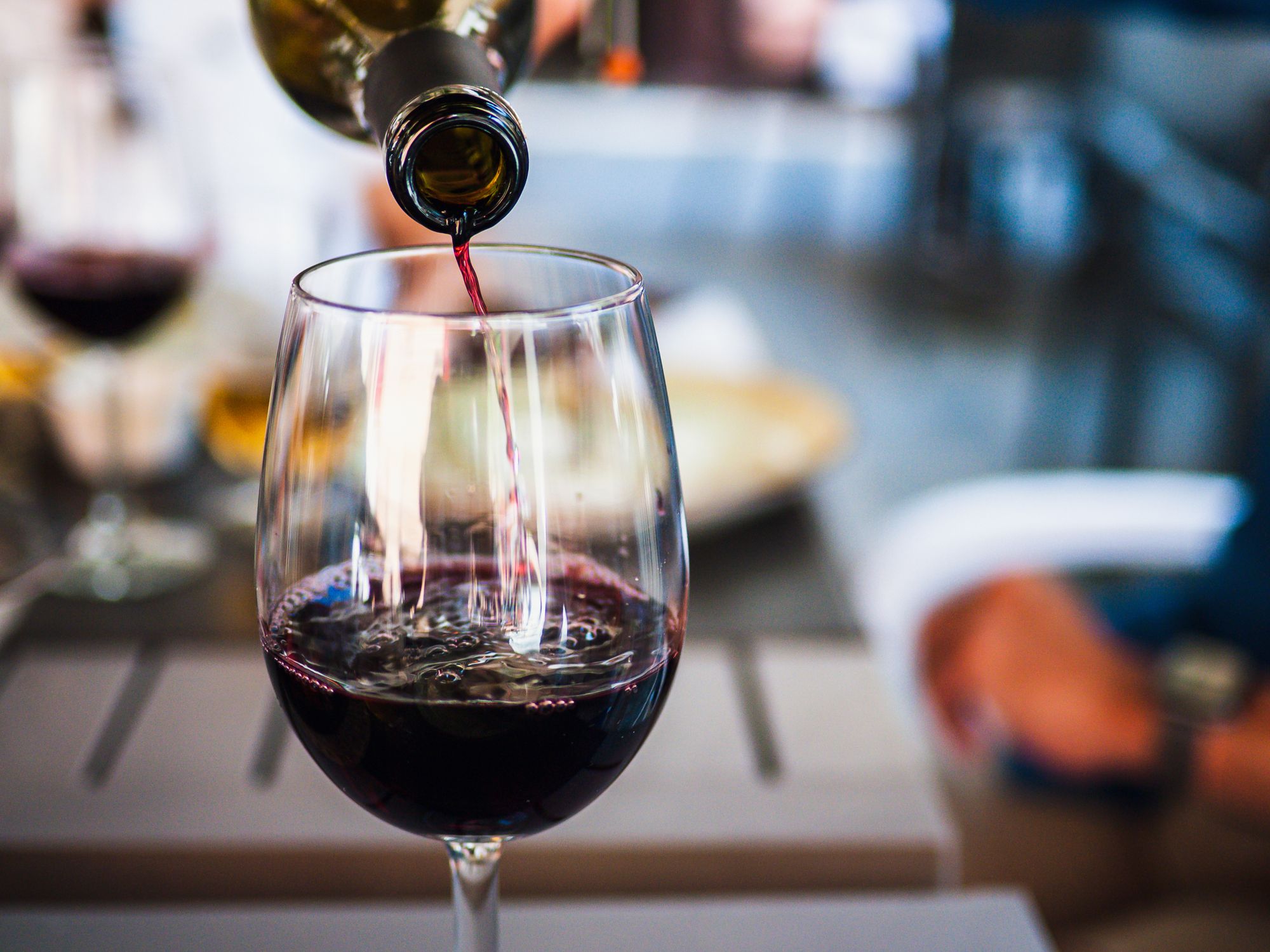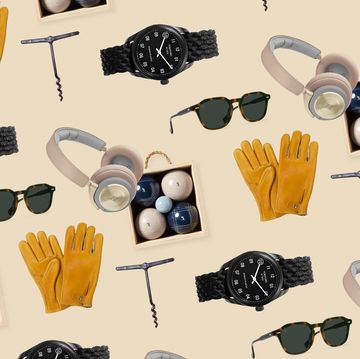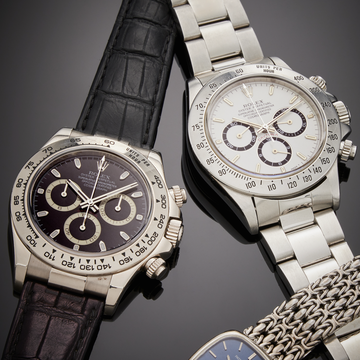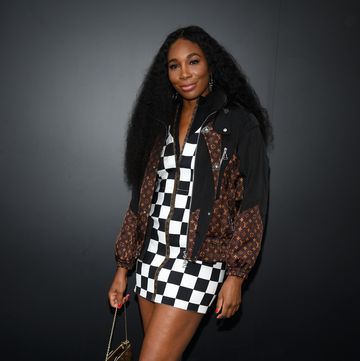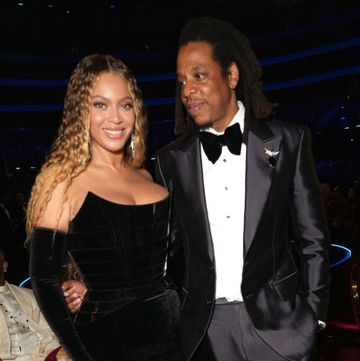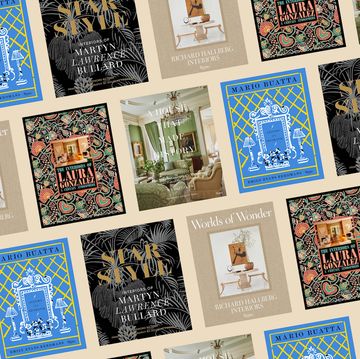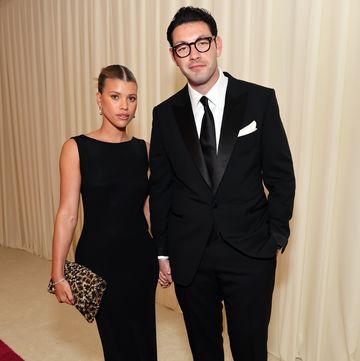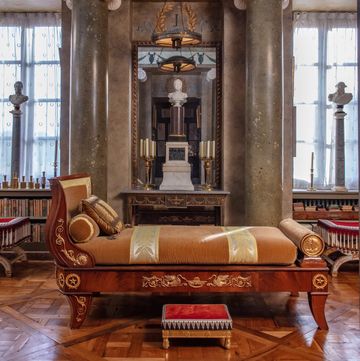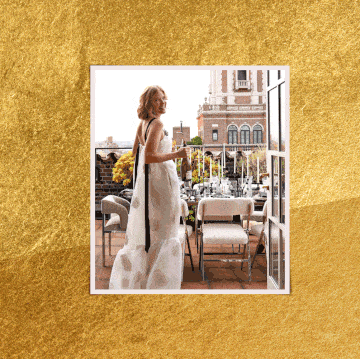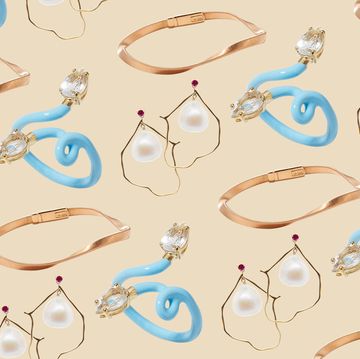Some things are timeless. Jackie O’s fashion. A masterpiece on canvas. A quality bottle of wine.
Despite the fact that “vintage” has a different meaning when you’re talking about wine (aka, the year the grapes were grown in) and art (a classic!), there are a shocking amount of similarities between wine and art.
While attending a wine education class last month hosted by Sarah Bray, the associate director of The Wine Center at Meadowood Napa Valley in Napa, California, she made this connection between wine and art, and I was immediately struck by the concept. Especially on the heels of our guide to how to order wine at a restaurant.
More From Veranda
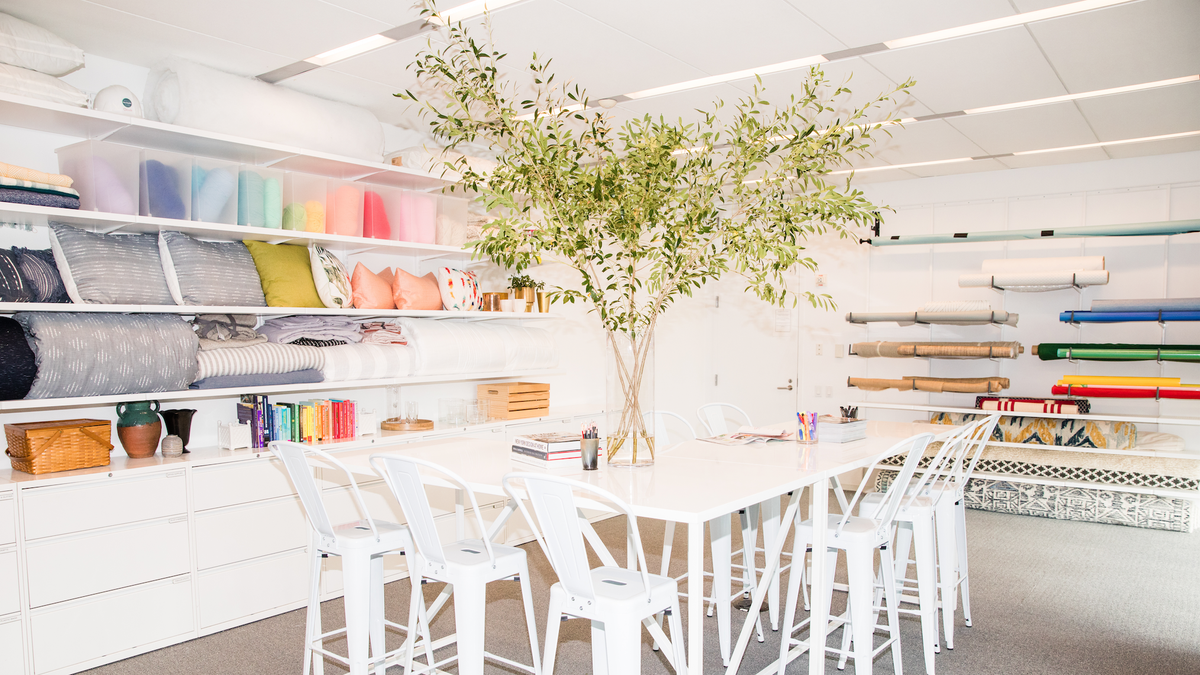
Everything from the words you might use to describe it to the fact that it could be an asset later in life means that each bottle of drinkable “art” you buy is actually a lot like each sculpture or painting you might add to your home.
Read on to learn more about how ordering or stocking up on wine can be a lot like buying art, plus score some pointers along the way so you can spend wisely as you enjoy uncorking them now or add to your wine collection for later.
How Ordering Wine Is Like Buying Art, According to Wine Experts
It’s Important to Know Your Budget and Style
Whether you’re shopping for wine or art, in both instances, it’s good to set out with a specific price range and style in mind.
“You’d never go into a gallery and say, ‘I want a blue painting.’ You’d be more specific about aesthetics—like the fact that you’re inspired by a Rothko or Van Gogh’s Starry Night—and you’d also have a sense where you might place the work. The same is true of wine,” Bray says.
White wine alone is such a huge category; it can be very helpful to narrow it down to “light and crisp” or “rich and silky.” The same is true of red wine, sparkling wine, and even rosé.
“Knowing the occasion can help define both style and price point, too,” Bray adds, as can your overall desired budget. (Ready to treat yourself? Here's when to save and when to splurge on wine.)
The Pros Can Help You Find Your Perfect Match
Similar to how an art curator can help you overcome indecision and assist in determining if a piece of art is “the one,” a wine shop owner or sommelier can guide you in the right direction if you’re on the fence.
“The tricky part is when the average consumer knows they want to learn more and make the best choice for what they’re looking for, but they may not be confident walking into an art gallery or restaurant and making that decision on their own. That’s where art curators and sommeliers come in,” explains Elyse Lovenworth, a Philadelphia, Pennsylvania-based lead sommelier for the premium online wine shop and wine tasting experience Sommsation.
“As a wine expert, I know what I know. But as an art-buying novice, I admit that I still have a lot to learn,” she adds. “Having these doubts is completely normal. The advantage of speaking to the expert in the room is that we can elevate your experience and be the art curator for your palate.”
The goal of the professional in either arena is to empower you to feel more confident in the decision-making process—no matter your own level of expertise—to make sure it’s as enjoyable as possible, and bring you selections you may not have experienced before. Photos of art or bottles you’ve loved (or hated) can be an incredible tool to kick off the conversation, Bray and Lovenworth agree.
Every Creation Is Different
While there’s a lot of science and farming that goes into making wine, “the best wines always have a sense of je ne sais quoi that comes from the know-how of the maker and what they are trying to achieve with the raw materials,” Bray says. Art is similar; the creator comes to their station with a certain vision in mind using the tools they have at their disposal.
“I’ve always likened great wines to a landscape painting, something akin to Cézanne painting Mont Sainte-Victoire over and over again,” Bray explains. “You can tell the artist is looking at the same scenery, but each painting is an individual work of art.”
Similarly, winemakers are working with the same sites each year with just one opportunity to tell that vintage’s story. The wines from vintage to vintage should share a DNA but will always taste slightly different.
They Evoke a Specific Mood
There’s no need to learn a whole new language to explain what draws you to a particular piece of art or style of wine. Instead, “use the words you already have in your vocabulary,” Bray suggests.
Just as using emotional “vibes” to describe the mood you’re trying to set in a room via a work of art, describing wine in terms of textures (silky, velvety, grippy), moods (energetic, lively, cozy) or personalities (assertive, elegant, bold) can communicate a lot of information to wine experts in a restaurant or a retail shop. No winespeak required.
What’s “Best” Is Totally Subjective
Culture bridges centuries and generations, and modern culture has built up both art and wine into luxury items, Loveworth says. A bottle or work is a snapshot of a moment in time, and each is made by way of a blend of human expression, science and tradition.
“Aesthetics, art, and wine are similar because they’re all so subjective. I like to remind people that even though sommeliers and art curators are experts, their word is simply an opinion. No matter how much experience we have, our recommendations will never be fact,” Lovenworth says, just as no art appraiser can target the exact worth of a family heirloom artwork.
“The best wine is always going to be the wine you enjoy, which is the same as art,” she adds.
If you like an art piece that’s only $50, that certainly doesn’t necessarily mean you have bad taste. And if you’re feeling drawn to the qualities in the third most expensive bottle rather than the priciest or the sommelier’s selection, that doesn’t mean that you’re wrong. Trust your intuition with either purchase.
You Can Choose Based on Status or Emotional Appeal
There are three main strategies individuals use when buying wine and art, and the first two are emotions and status.
“Wine collecting is also similar to art collecting in this way,” Lovenworth says. “Some winemakers, like artists, develop a cult-like status that attracts people who are willing to get on waiting lists for years just to receive an allocation of their wine. I personally collect wines based on sentiment. My son was born in 2021, so I’m collecting wines from the 2021 vintage and saving them until his 21st birthday.”
Both Can Be Enjoyed Now—Or Saved as Wise Investments for Later
The final strategy is value. Will this asset grow in worth over time?
“You can’t tell which [wines] are meant to be saved or enjoyed until you know how they’re made,” Lovenworth says, and this holds true for vino and fine art. “A wine’s shelf-life is not based on a region; it’s based on the winemaker and their intention with each vintage they produce. The decisions they make during harvest and the initial winemaking process are the decisions that determine whether the wine can be consumed young or has the potential to cellar for 10 to 15 years.”
Bray reveals that an age-worthy wine will generally have at least one if not more of the following characteristics, paired with the fruit concentration and weight to match the wine’s architecture:
- High acid
- High alcohol
- High sugar
- High tannins
“These elements act like preservatives as the wine ages over time,” Bray says. “Wines that are meant to drink now [such as rosés] may not have the same sort of density or structure as cellar-worthy wines, but that doesn’t make them any less ‘good.’ I also firmly believe that some of this falls to personal taste; if you like rich and fruity wines, then enjoy your wine on the younger side, no matter what the experts say!”
If you do decide to save wine to enjoy—or sell—later, the conditions you store it in matter just as much as the way a museum protects its most prized pieces of art.
“Bottles like dark, cool, and constant conditions,” Bray says.
The bottom line? You need not spend a fortune to acquire what you like to curate your richest life.
Just as no curator can tell you what you must hang on your walls, no sommelier can dictate to you which wine is superior for your palate. Take note of what stands out to you in a particular sip or aesthetic, approach a pro with a price point in mind, use descriptive vocabulary to explain your preferences, and you can team up to use that to inform your future purchases. Expressing yourself in your home and on your table? Now that’s priceless.
